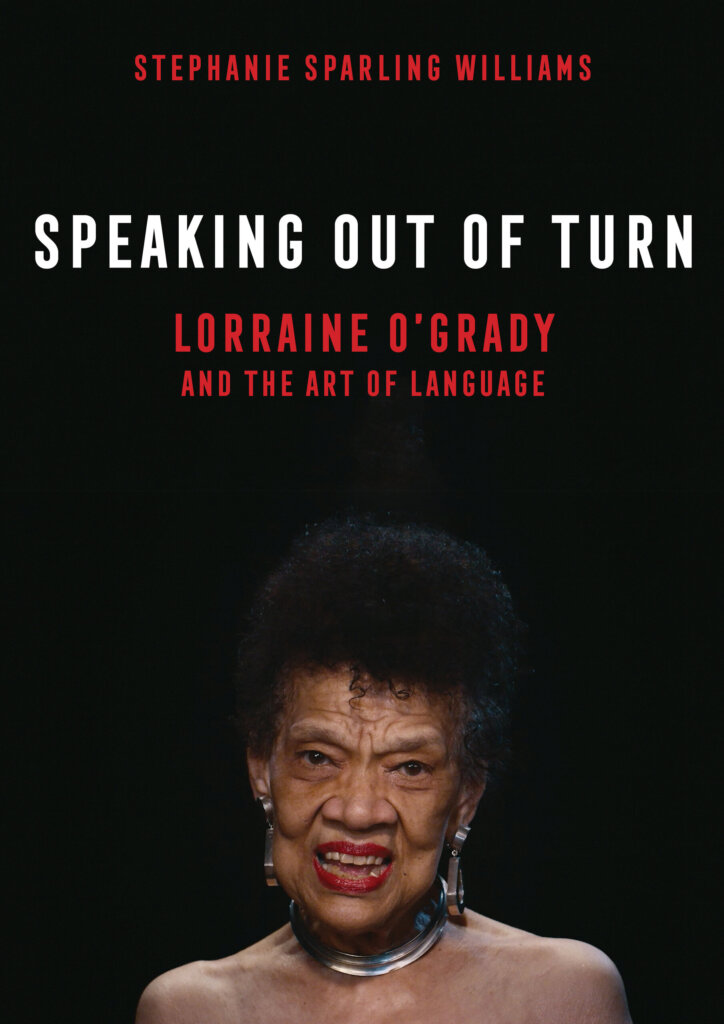Black History Month is a powerful occasion to recognize, learn from, and reflect on Black stories, histories, and legacies in America. Join us in taking this time to celebrate and highlight Black artists and some of the books that we have had the privilege to publish on these artists.
Born in Boston, MA, Lorraine O’Grady (b. 1934) studied economics at Wellesley College and fiction at the Iowa Writers’ Workshop and worked as a U.S. government intelligence analyst, translator, and rock music critic before becoming a professional artist at the age of 45. Over a span of four decades, O’Grady’s interdisciplinary practice has included performance, collage, and photo-based montages that play with language, break open binaries, and center black lives within the art world. She received the New York State Council on the Arts Fellowship and the National Endowment for the Arts Fellowship in 1983 and the United States Artists Rockefeller Fellow in Visual Art in 2011. Her work has been featured at Los Angeles County Museum of Art, Museum of Contemporary Art Chicago, Whitney Museum of American Art, among many other museums. In March 2021, O’Grady finally had her first retrospective at the Brooklyn Museum. Lorraine O’Grady: Both/And showcases the artist as a key figure of the conceptual, feminist, and Black American avant-garde and the continued relevance of her work in the current moment. The retrospective is currently showing at Weatherspoon Art Museum from January 8th to April 30th.
Speaking Out of Turn is the first monograph dedicated to O’Grady’s four-decades-long career. Author Stephanie Sparling Williams examines O’Grady’s use of language, both written and spoken, to chart the artist’s strategic use of direct address—the dialectic posture her art takes in relationship to its viewers—to trouble the field of vision and claim a voice in the late 1970s to 1990s, when her voice was seen as “out of turn” in the art world.
The book situates O’Grady’s significant contributions within the history of American conceptualism and performance art, while also attending to the work’s heightened visibility in the contemporary moment, revealing both the marginalization of O’Grady in the past and an urgent need to revisit her art in the present.
Learn more about the book here and about Lorraine O’Grady at lorraineogrady.com.
